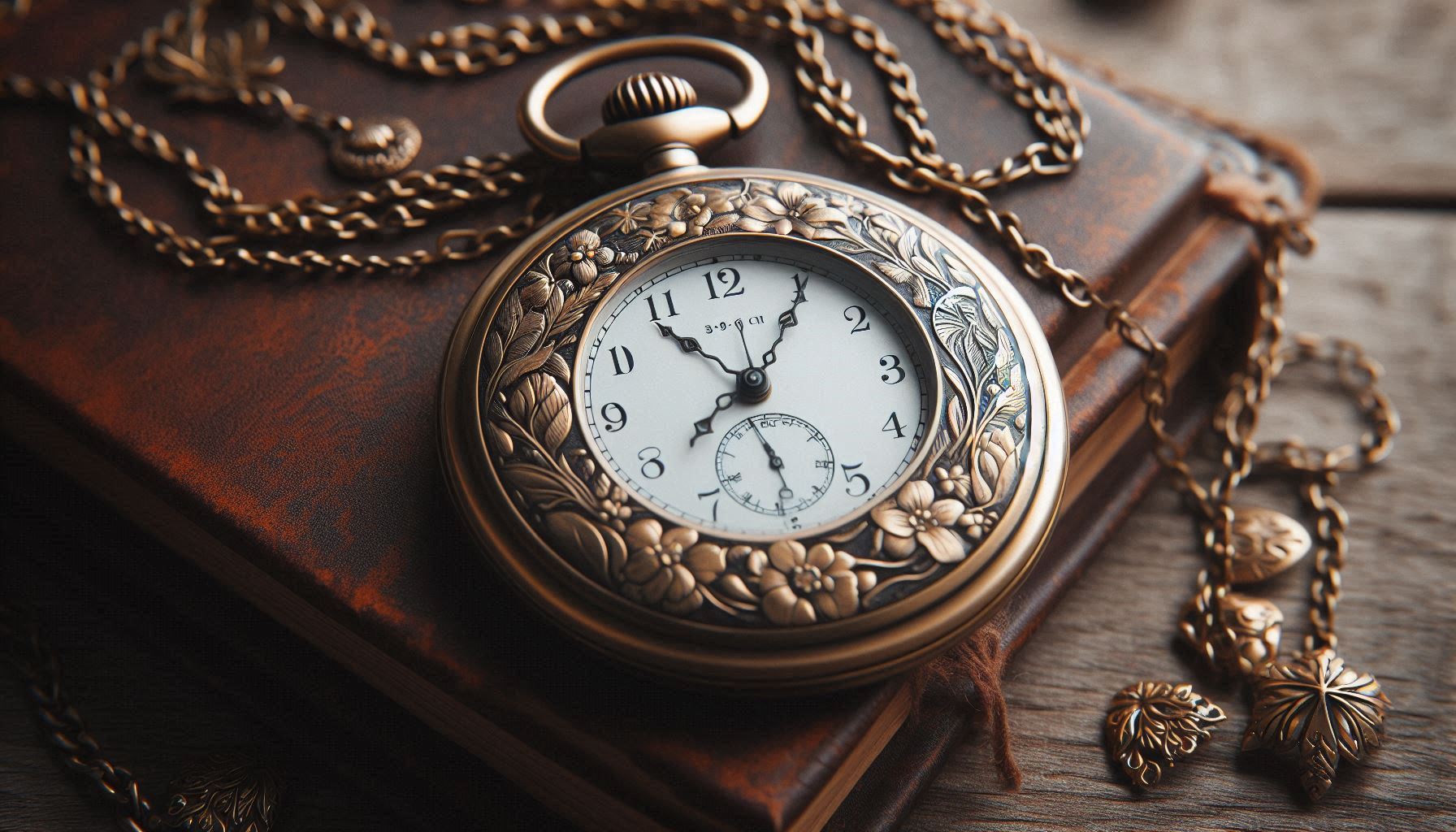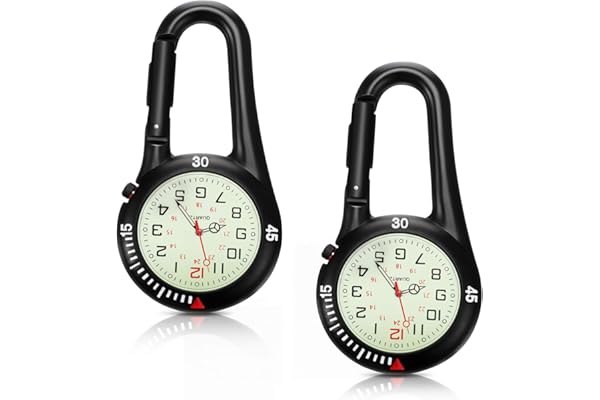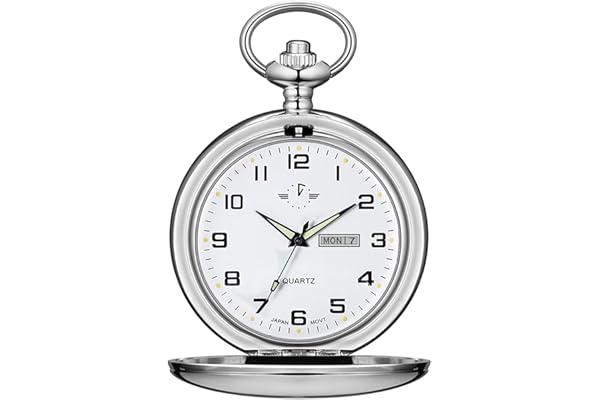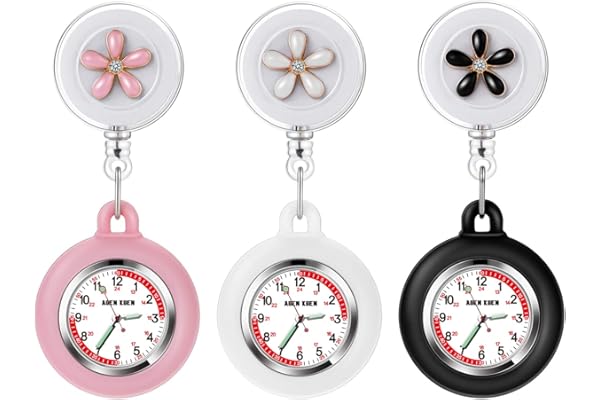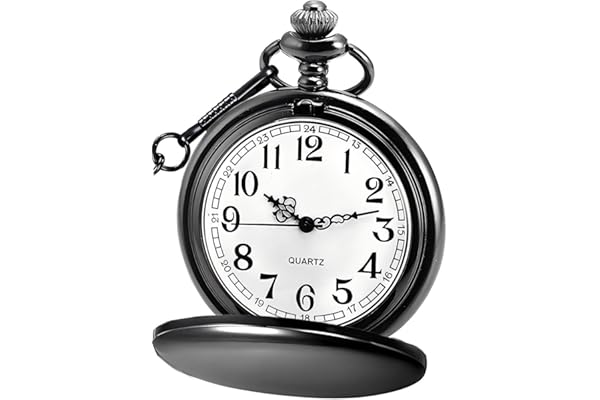History of Pocket Watches: From Classic to Modern
Contents
Origins and Early Development of Pocket Watches
The history of pocket watches is a fascinating journey through time, reflecting the technological advancements and cultural shifts of the societies that embraced them. The story begins in the late 15th century, a time when the concept of portable timekeeping was just emerging. The earliest form of portable timepieces were known as “clock-watches,” which were large, cumbersome, and worn around the neck as pendants. These devices were primarily used by the wealthy, serving as both a timekeeping tool and a status symbol.
The transition from pendant watches to pocket watches occurred during the 16th century, when advancements in metallurgy and miniaturization allowed for smaller, more practical designs. The invention of the mainspring, a crucial component that stores energy in a coiled spring, enabled the creation of compact timepieces that could fit into a pocket. This innovation, combined with the refinement of gear trains and escapements, paved the way for the development of true pocket watches.
By the 17th century, pocket watches had become a symbol of sophistication and were commonly carried by gentlemen across Europe. These early watches were often ornately decorated, featuring intricate engravings and elaborate designs that reflected the tastes and artistic trends of the period. As the demand for these timepieces grew, watchmaking centers emerged in cities like Geneva and London, where skilled craftsmen honed their techniques and established reputations for quality and precision.
The Golden Age of Pocket Watches
The 18th and 19th centuries marked the golden age of pocket watches, a period characterized by significant advancements in watchmaking technology and design. During this time, the introduction of the balance spring, also known as the hairspring, revolutionized timekeeping accuracy. This small yet crucial component improved the precision of pocket watches, making them reliable tools for daily use.
As industrialization spread across Europe and America, the production of pocket watches became more standardized and efficient. Factories began to mass-produce watches, making them more accessible to a wider audience. Brands like Waltham and Elgin in the United States, and Breguet and Patek Philippe in Europe, emerged as leaders in the industry, known for their innovation and craftsmanship.
Pocket watches of this era were often designed with specific functions in mind, such as chronographs for timing events or repeaters for chiming the time audibly. The diversity of designs and complications available made pocket watches highly desirable among collectors and enthusiasts. The intricate mechanics and artistry involved in creating these timepieces were celebrated, with many watches becoming family heirlooms passed down through generations.
Transition to Wristwatches
The early 20th century marked a turning point in the history of pocket watches, as wristwatches began to gain popularity. The transition was driven by practicality and changing social norms. Wristwatches were initially worn by women as fashion accessories, but their utility became apparent during World War I when soldiers needed a hands-free way to keep track of time in the trenches.
As wristwatches proved their worth in military applications, their popularity spread to civilian life. The convenience of wristwatches, combined with their evolving designs and improved accuracy, led to a decline in the use of pocket watches. However, pocket watches did not disappear entirely; they continued to be cherished by traditionalists and collectors who appreciated their historical significance and craftsmanship.
During the mid-20th century, pocket watches experienced a resurgence as luxury items and collectibles. Brands like Vacheron Constantin and Audemars Piguet produced limited editions and bespoke pocket watches, catering to a niche market of enthusiasts who valued the artistry and heritage of these timepieces. The craftsmanship and attention to detail in these modern pocket watches mirrored the dedication of their historical predecessors.
Pocket Watches in the Modern Era
In today’s world, pocket watches have found a new place in the realm of luxury and nostalgia. While they are no longer the primary tool for timekeeping, they are celebrated as symbols of elegance and tradition. Modern pocket watches are often crafted with the highest standards of precision and design, using materials such as gold, platinum, and intricate enamel work.
Collectors and watch enthusiasts appreciate pocket watches for their historical value and unique charm. Vintage models from renowned brands are highly sought after, with auctions and private sales showcasing rare and valuable pieces. The market for pocket watches remains robust, driven by a passion for horological history and the artistry involved in their creation.
Contemporary watchmakers continue to produce pocket watches as part of their collections, often incorporating modern technology such as tourbillons or perpetual calendars. These timepieces appeal to those who appreciate the fusion of classic design with contemporary innovation. The enduring appeal of pocket watches lies in their ability to evoke a sense of timelessness and craftsmanship that transcends generations.
The Legacy of Pocket Watches
The legacy of pocket watches is a testament to human ingenuity and the pursuit of precision in timekeeping. From their origins as cumbersome pendants to their evolution into sophisticated instruments, pocket watches have played a significant role in the history of horology. They have witnessed and adapted to the changing tides of fashion, technology, and societal needs.
Today, pocket watches are celebrated as more than just timekeeping devices; they are cherished artifacts that embody the artistry and innovation of watchmaking. The meticulous craftsmanship, intricate mechanics, and rich history associated with pocket watches continue to captivate collectors and enthusiasts worldwide.
As we look to the future, the appreciation for pocket watches endures, reminding us of the timeless elegance and craftsmanship that define these remarkable timepieces. Whether as a collector’s treasure or a symbol of heritage, pocket watches remain an enduring icon in the world of horology, bridging the gap between classic tradition and modern innovation.
